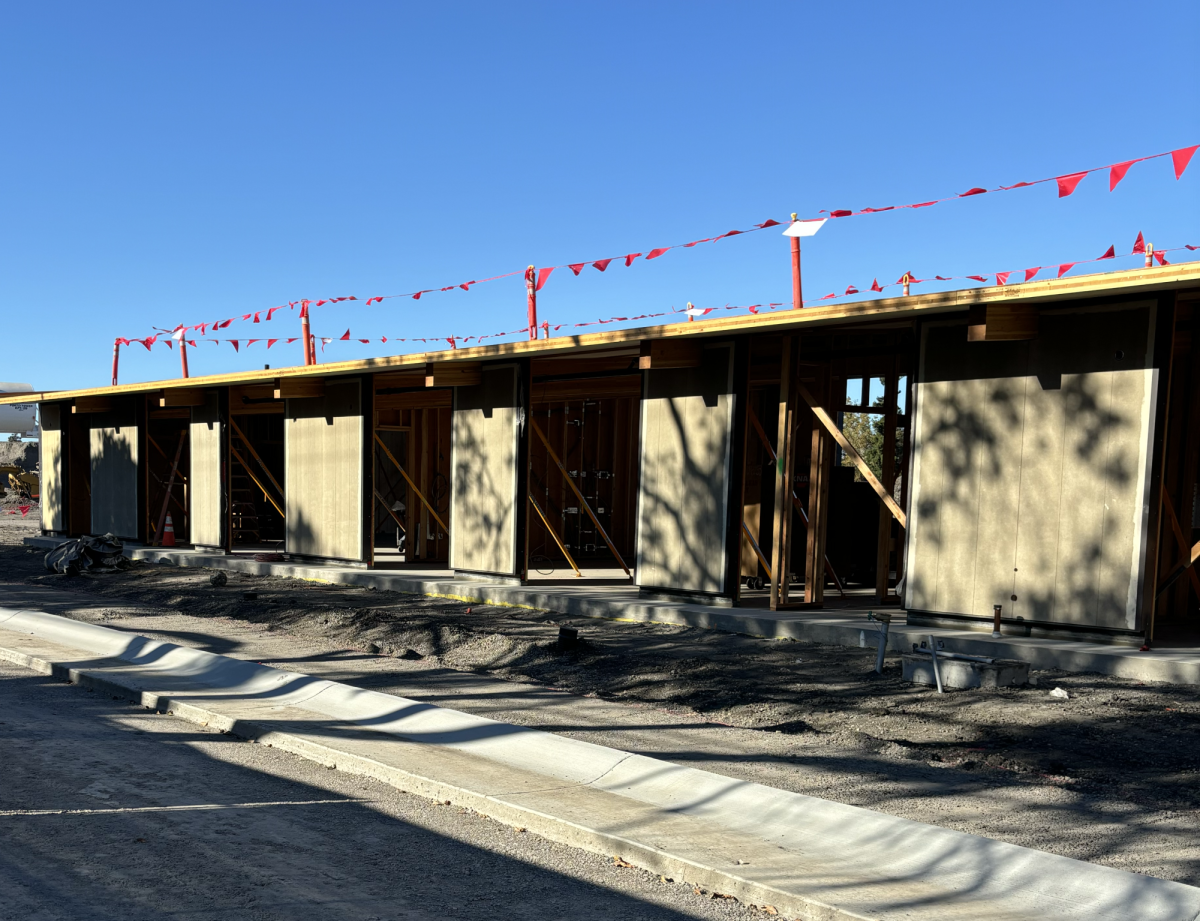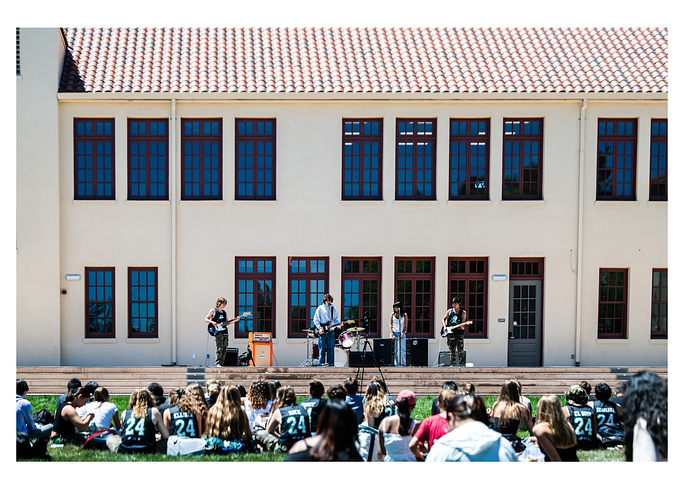One would think that schools within a district would offer the same classes, however this is not the case. Paly and Henry M. Gunn High School (Gunn) would ideally offer all of the same advanced courses in order to ensure that all students within the district are given an equal opportunity at obtaining an advanced education.
Paly and Gunn science departments have offered different physics options for many years now. Both schools offer a normal lane of physics and an honors lane of physics, as well as the option of taking AP Physics C as a second year physics class concurrent with a calculus course.
Unlike Paly, Gunn offers the option of taking AP Physics B as a first year Physics class. Offering AP Physics B gives juniors at Gunn the ability to take a lane higher than Physics H and push themselves academically.
At Paly, a student enrolled in AP Physics C, a second year physics class, does not get credit for both AP Physics C and AP Physics B.
Although AP Physics B is normally taken before AP Physics C, they are completely separate courses and AP Physics C does not cover AP Physics B material. The main differences between the two courses is that they cover different topics in various depths and AP Physics C is calculus based.
The College Board highly recommends that AP science classes are only offered as the second year of that particular subject of science.
Paly took on this philosophy and uses it as reasoning behind only offering an AP Physics course after a student takes a prerequisite year of Physics H. Gunn however allows their students to get a head start, starting on AP Physics B their junior year.
The AP Physics B course covers the same curriculum as the Physics H course with an additional six weeks of material. Our district is filled with remarkable students whose ability to take an Advanced Placement course should not be dependent on which of the two public high schools they attend.
It is interesting that Paly does not offer its students the same opportunities Gunn does. Paly students are as capable as Gunn students and can manage this extra work throughout the year; to offer Gunn students this option but not Paly students discredits Paly students’ abilities.
It is understandable that the Physics H class offered at Paly does not count as AP Physics B how it exists currently, as there are six weeks of topics not covered in Physics H at Paly that are covered in the AP Physics B class at Gunn.
Recently, the College Board came to the conclusion that the AP Physics B curriculum is too dense for schools to teach in one year. As a result, for future years, the College Board will be breaking the curriculum for AP Physics B into two years.
Paly and Gunn teachers plan to discuss together how to move forward with this change, according to the Paly science instructional supervisor Michelle Steingart.
This change from a one-year curriculum to a two-year curriculum affects both school’s schedules as they currently stand. Neither of the two schools currently have a two year AP Physics B course so whatever decision Paly and Gunn make with regards to what courses they decide to offer, may they be uniform throughout the district.
It is best for this change to act as the means to unify the curriculums Paly and Gunn offer into a singular course list for both schools.
Physics courses across district should be aligned
December 7, 2012
Donate to The Campanile
$150
$500
Contributed
Our Goal
Your donation will support the student journalists of Palo Alto High School's newspaper






